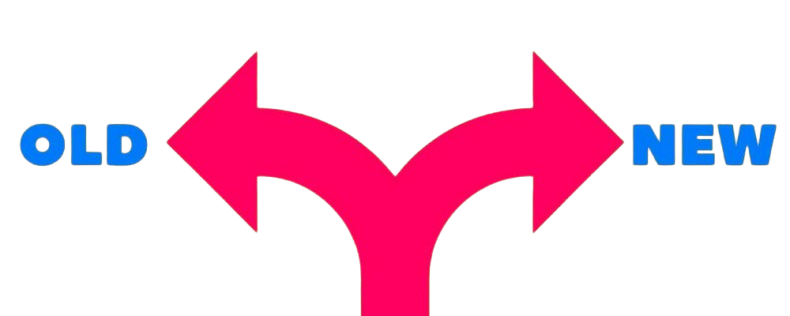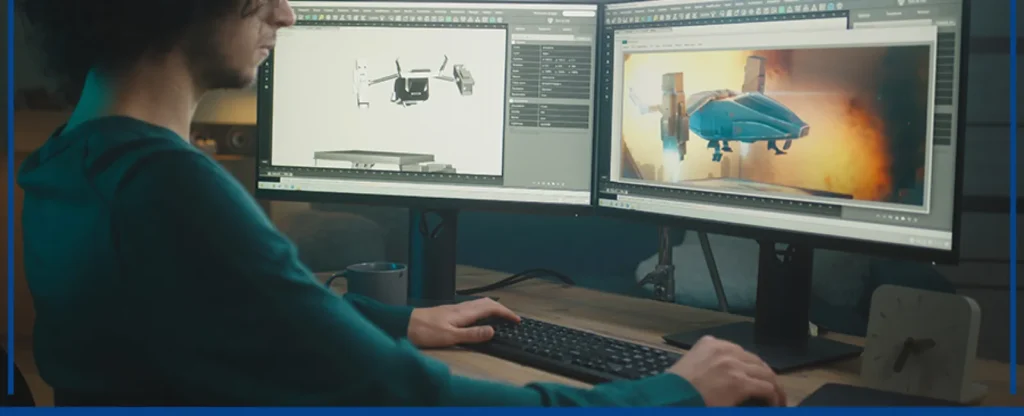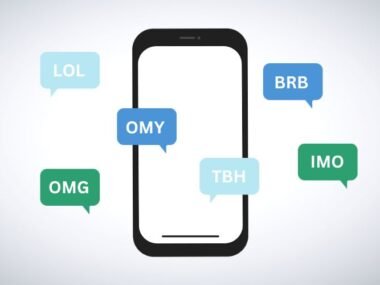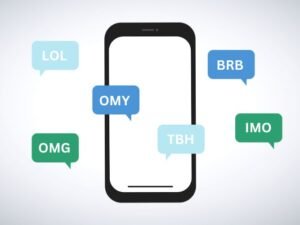In the world of animation, software plays a crucial role in shaping creativity. However with the rapid evolution of technology, a question arises: Are old animation softwares easier to use? Animation tools from the 1990s or early 2000s laid the foundation for much of what we see today. But do these older tools offer simplicity, or have modern programs surpassed them in ease of use?
This blog dives deep into the usability of old and new animation software, providing insights for beginners and experienced animators alike. We’ll compare their features, weigh the pros and cons, and help you decide which software might be better suited for your needs.
History of Animation Software
Back in the early days of animation, software like Macromedia Flash and Adobe Animator dominated the market. These programs provided a platform for animators to create cartoons, video games, and even web animations. Over time, newer programs such as Blender, Toon Boom, and Autodesk Maya took over, offering advanced features, real-time rendering, and high-quality outputs.
While new animation software offers cutting-edge technology, old software has a reputation for being simple, user-friendly, and less overwhelming. Let’s explore both sides.
Comparing Old and New Animation Software
To understand whether old animation software is easier to use, we need to examine its features and interfaces.
| Features | Old Animation Software | New Animation Software |
| Interface | Simple, minimalist | Complex, feature-packed |
| Learning Curve | Low, easy for beginners | Steep, requires tutorials and practice |
| Features & Tools | Basic, fewer customization options | Advanced, highly customizable |
| Speed & Performance | Slower rendering times | Faster rendering with real-time updates |
| Support & Updates | Limited or discontinued support | Regular updates with new features and bug fixes |
| File Compatibility | Often incompatible with modern formats | Supports a wide range of file formats |
Key Takeaways from the Comparison
- Old animation software is easier to grasp for beginners due to its simplicity and minimal features.
- New animation software provides more powerful tools and faster performance but requires more time to master.
Old or New – Which Animation Software is Easy to Use?

Let’s break down why old animation software might be considered easier to use, and why modern alternatives offer a more robust experience.
Why Does Old Animation Software Feel Easier?
- Minimal Features
Older programs like Macromedia Flash or Microsoft GIF Animator had basic interfaces. With fewer tools to choose from, beginners could learn faster without feeling overwhelmed. - Lower Learning Curve
These programs were designed in an era when animation technology was simpler. There were fewer settings to tweak, allowing users to focus on animating rather than learning the program’s functionality. - Affordable and Accessible
Many of the old software options were affordable or even free, making them accessible to hobbyists or individuals just dipping their toes into animation.
Why New Animation Software Offers More Value?
- Advanced Tools for Professional Use: Programs like Blender or Toon Boom Harmony allow animators to create more complex and polished animations, which are essential for today’s demanding media landscape.
- Automation and Customization: Many modern software solutions offer automation tools, which save time in the animation process. The customization options also mean users have more control over their creations.
- Faster Rendering Times: As technology has improved, modern animation software is optimized for faster rendering, making it a more efficient choice for large-scale projects.
What is the Best Choice: Old or New Animation Software?
While both have their benefits, the choice comes down to what you’re aiming to achieve.
| Criteria | Best Choice | Why |
| Ease of Use for Beginners | Old Animation Software | Simple interface, fewer features, less overwhelming |
| Advanced Features | New Animation Software | Offers a wider range of tools and customizations |
| Speed and Efficiency | New Animation Software | Faster rendering and better performance |
| Learning Animation Basics | Old Animation Software | Easier to grasp and understand the basics |
| Professional Work | New Animation Software | Ideal for creating complex and high-quality animations |
Popular Animation Software

Here are some of the most well-known animation software options, both old and new:
Best Old Animation Software
- Macromedia Flash – Known for its simplicity, especially for web animations.
- Microsoft GIF Animator – Simple and easy for creating short animations and GIFs.
- Pencil2D – Open-source software designed for creating hand-drawn 2D animations.
Best New Animation Software
- Toon Boom Harmony – Industry-standard software used by professionals in animation studios.
- Blender – Open-source software that offers powerful 3D animation and rendering tools.
- Autodesk Maya – One of the most advanced 3D animation software used for films, TV, and video games.
FAQ
Yes, Old animations software are always easy to use as it was more simple but with many built-in features.
Yes, old animation software can still be useful for beginners who want to learn the basics without the complexity of modern programs.
Many older animation programs may not be compatible with modern operating systems. However, some can run on emulators or older systems.
For beginners, old software like Pencil2D or Flash may be easier to start with. But modern software like Blender offers more future-proof skills.
Conclusion
So, are old animation softwares easier to use? In short, yes, especially for beginners. Their simplicity and minimal learning curve make them ideal for those just starting out. However, if you’re looking for advanced features, faster rendering, and a wider range of tools, newer animation software is the way to go. The choice ultimately depends on your goals—whether you’re learning for fun or working on professional projects. Regardless of which path you take, both old and new software have a place in the animation world, offering unique benefits to users.











